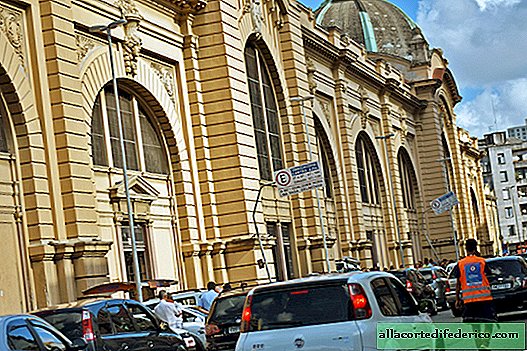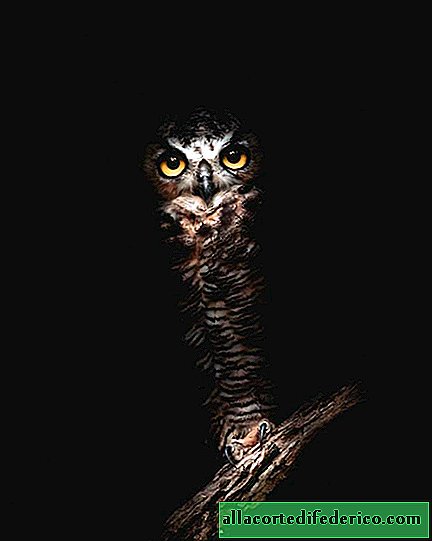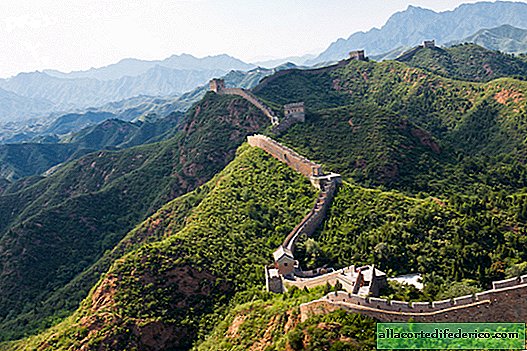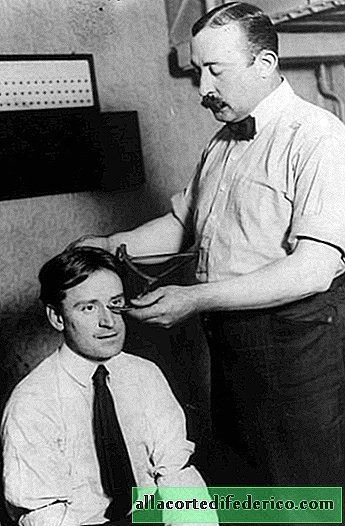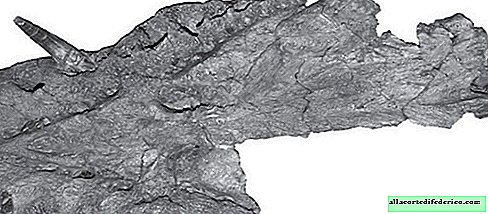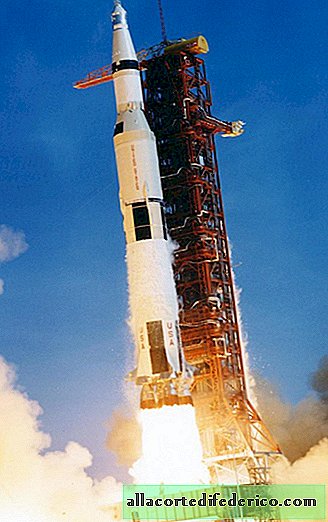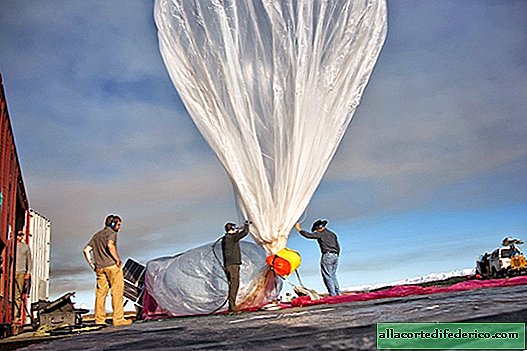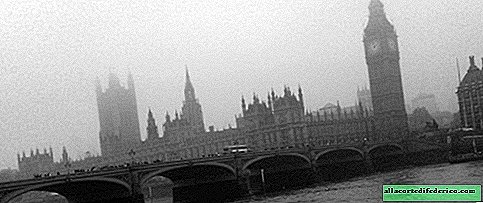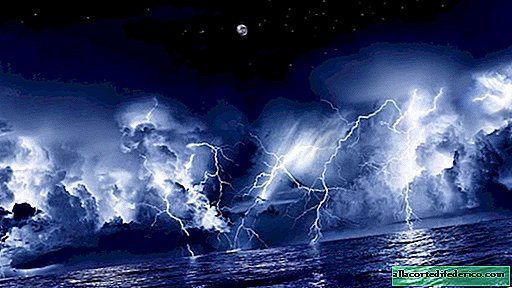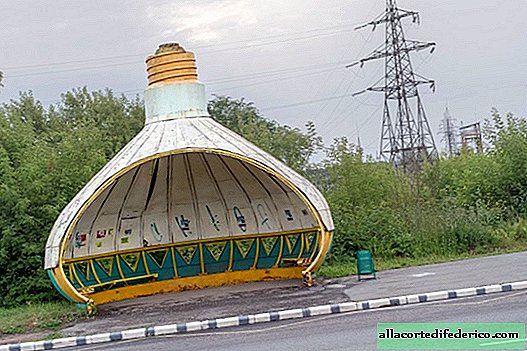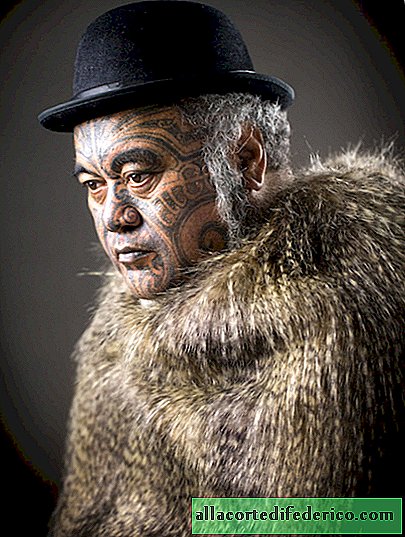One of the most mysterious texts in history: Voynich manuscript decrypted
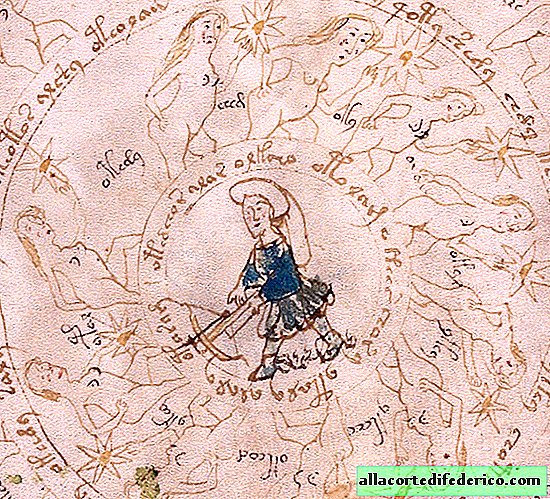
Written evidence of the existence of this language has not reached us. No one left notes on it, since the educated layers of society actively used Latin.
According to Cheshire, some spelling and phonetic rules can be traced in the text. On the one hand, it does not contain long words, but there are no two-letter words in it either. The letters in it are arranged unusually: some characters can be seen only at the beginning of a word, others only at the end.
The Voynich manuscript is a 15th century document full of mysterious illustrations. The document is written using an unknown alphabet, it has a division into paragraphs and paragraphs familiar to us. But no cryptologist can say with accuracy that this is a real language or cipher.
Some experts consider it a great Victorian counterfeit, others suggest that this is a guide to finding the philosopher's stone. There is a version that this manuscript was created by a lone alien accidentally falling to Earth.

The manuscript is currently in the Yale University library. Prior to that, it was owned by the bookseller V. Voynich, the husband of the famous writer Ethel Lilian Voynich (author of the novel "Gadfly"). At one time, he acquired it in one of the Italian monasteries. Until then, the manuscript belonged to the German emperor Rudolph II. And the English astrologer and explorer John Dee sold this manuscript to him. Everything on this astrologer closes. This man was very interested in receiving money from the emperor. They say that he had nothing to leave from Prague to go home to England. He sold the manuscript well to the emperor, claiming that it was very ancient. After analyzing the composition of the paper and ink, historians came to the conclusion that the manuscript dates back to the 16th century, that is, the life time of John Dee himself.
Some suggest that no unknown language actually exists, that this is a figment of the imagination of an Englishman who invented it all for his own benefit, but we will reject these seditious thoughts and will not suspect a respected scientist.
Moreover, illustrations also have a lot of questions. They are divided into cosmological, astronomical, biological, prescription. American botanists stated that of the 303 illustrations in the manuscript, they managed to recognize only 37 plants. The rest remained a mystery.

In 2017, the amateur historian Nicholas Gibbs stated the key to the secrets of the manuscript. He also believes that this is a directory of women's diseases. Nicholas saw in him references to the works of Galen and Hippocrates. Moreover, in his article, he stated that "everything is very simple - it is the processing and compilation of several famous medieval medical guides." That is medieval copywriting. He even indicated the source materials - the text of Trotula (12th century) and the text of De balneis Puteolanis (13th century). He found in them a clear resemblance of illustrations.
Having dealt with the pictures, the historian switched to language. In his opinion, the text is not written in letters, symbols. This is a code, abbreviated words. The manuscript consists of Latin ligatures. Ligatures are symbols made up of several letters of the same word. Each character in the text represents a separate word. The key to decryption was most likely lost.

The Voynich manuscript is a medical encyclopedia with detailed information on which herbs to treat gynecological diseases.
It is possible that this treatise was intended for a specific person. There is an assumption that once it belonged to the monk and philosopher of the 13th century Roger Bacon. Bacon used ciphers in some of his works. He tried to hide his true judgments from the "watchful eyes" of the church. All this led Nicholas Gibbs to the conviction that the manuscript was encrypted intentionally and hides important information.
This made her very popular among cryptologists. It is known that during the Second World War the famous decoders tried to decrypt it, and they were able to decrypt the Enigma code. But they could not cope with the manuscript, did not find any sense in it.
The English cryptographer Klaus Schme stated:
“There are a lot of medieval texts, and they have already been deciphered by 99.9 percent. Here we have a whole book, enough material to conduct analytics. With such a volume, decoding is very easy. However, this does not happen. Most likely this book - cheating. "

But scientists just don't give up. Gibbs told cryptologists that they were looking for shortcuts and that the manuscript needed further verification.
Gerard Cheshire, with whom we started, hopes that he will be able to read the manuscript completely, compile the first vocabulary of the Proto-Roman language and he will be able to prove the theory of the origin of the manuscript, confirming the assumptions of his colleagues.
Whose version do you like more?

